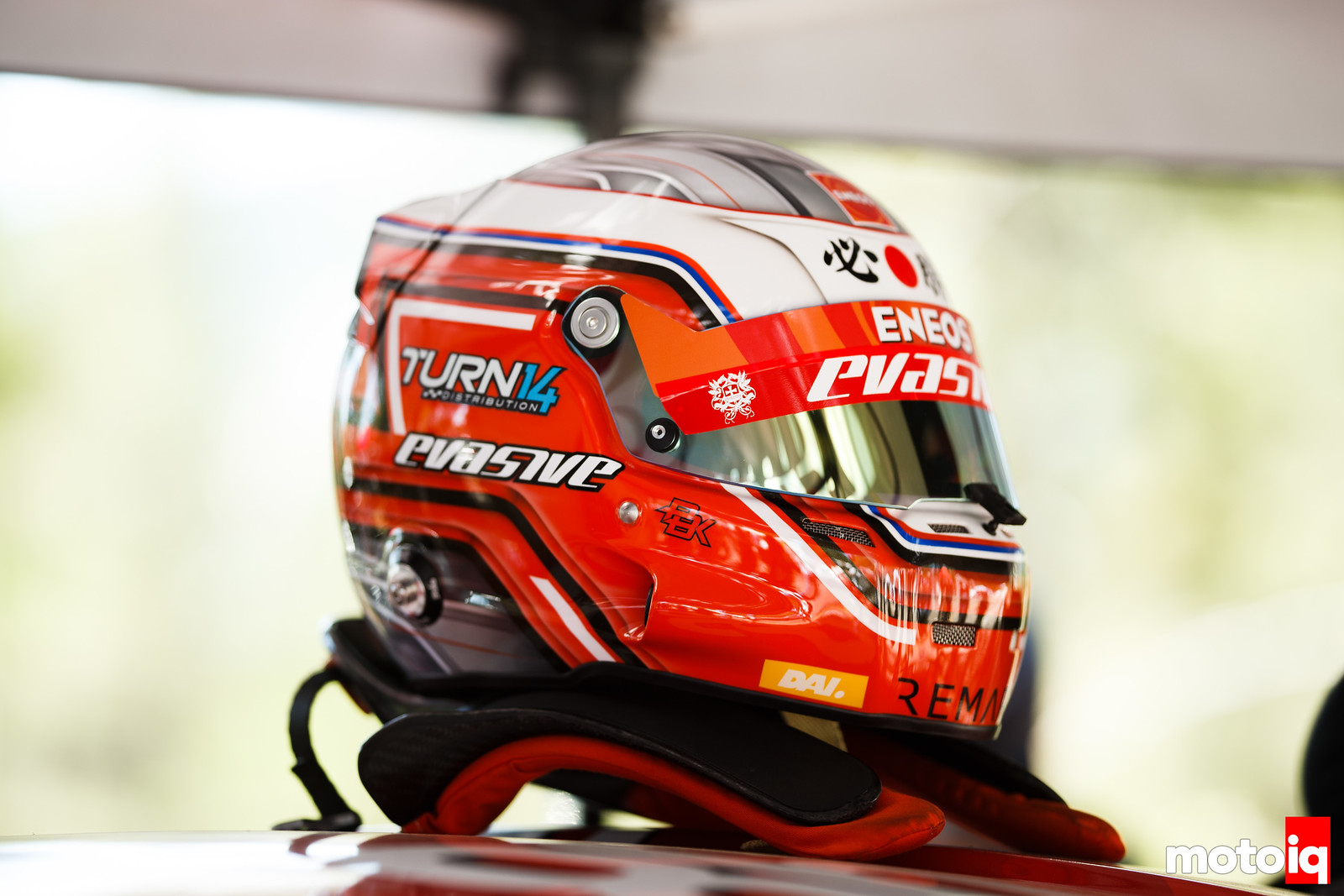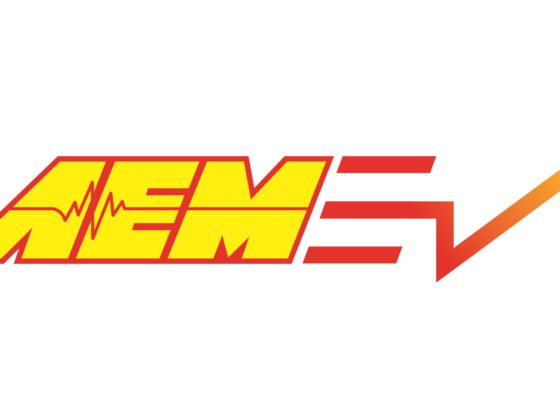
The start line is where the cars launch but the real start line where the clocks start is actually a few hundred yards up the road. Even though it is pretty up there, getting a good launch and run up to speed is very important. You are on it from the start so you can see why tire temp and pressure management is so critical.

Dai flew in the lower 2/3’s of the course, faster than in practice in the second third.

You can see here how there is absolutely no runoff on a lot of the course with drops of hundreds or even thousands of feet if you mess up. Its why I call this place America’s Isle of Man. Since all of the crew had made at least one complete trip to the top, they were all aware of the dangers that Dai would face. Everyone was very anxious, especially since the bikes had fared so poorly with 3 injured and one killed.

The second third of the course has a lot of switchbacks. We feel that we could pick up at least 10 seconds here with more diff tuning.




12 comments
Hate having weird mechanical failures like that; that’s racing though.
A lot of the stuff you’re mentioning with temperatures and pressures is really weird; it truly is a different sort of place. Since I’m kind of a data weenie, I’m curious how much DAQ you’re running and if you were finding stuff in the actual run that was massively different to the practice runs.
We have everything for the motor and TC but no suspension pots, etc. I think the most useful thing that we didn’t have would have been turbo shaft speed. I think that has to be managed and monitored carefully.
Interesting – not going too much into what’s your IP, but do you just feel like you have a pretty good suspension baseline / knowledge base on the BRZ from work with it over the years?
Thanks for all that you’re sharing on this – I really do like seeing all of the behind-the-scenes work that’s going into an effort of this scale. Hope that things work out where you guys get another shot at it!
Yeah I know enough to tell you that the FR-S and BR-Z have awful suspension geometry, much of which is damped out by suspension tuning and can actually feel pretty good with minuscule power and grip. The stock suspension problems are toe steer and too much negative camber gain in the rear with too much anti. Too much bushing compliance. General flimsy construction. Weird Ackerman curve. When you up the power to big-time and put big tires on, the car can become almost undrivable.
The Pikes Peak car is sort of the opposite of what the old-timers say to do. We were advised to make the car, high and soft. Instead the car is low and very stiff. In fact, we run the same spring rates we used to win Super Lap Battle a couple of weeks ago. We need to run the car low to make the most out of our limited aero package. Our sorta secret under-car aero needs a low ride height to work. In fact, the difference between Pikes Peak and Time Attack is we run 12mm higher at Pikes Peak to keep the undercar aero off the ground in the bumpy upper part of the course.
One well known Porsche Chassis guy was saying that our setup was bad and he feared for our driver’s life and our car was sparking all over the place. Those were the Ti rub studs. I was pretty happy that our car seemed to be taking bumps better than the other cars I was watching! A lot of this is due to our working with KW suspension on our dampers and our experience at dialing them in.
It seems like a lot of modern cars get away with bad suspension geometry through damper/spring/etc tuning. Of course, older stuff tended to have issues that were just masked by bad tires, and here I’m glaring at the 1st gen RX-7 rear suspension…
Sounds a bit like stereotypical tuning for a downforce car in what you did – or one theory that I’ve heard put sorta like “any geometry can be OK if you don’t let it move much”.
We actually redid the geometry of this car quite a bit. We went from about half an inch toe-out under compression to slightly toe in and we got rid of most of the anti-squat. In the front, we got rid of a lot of the anti-dive and most of the bump steer. With the wide and stiff slicks, this car was really sensitive to toe steer and bump steer. It went from almost undrivable to a good handling car. Our front and under-car aero stuff made a pretty good difference too.
Any idea what Subaru was trying to do with the stock geometry? Something about optimizing for 5/10ths on street tires or something, maybe? It seems like in this day and age there’s too many tools to do analysis to assume that the designer didn’t have something in mind, whether or not it’s what enthusiasts or racers would prefer.
I think that perhaps the parts bin engineering thing either messed up or what happens when we try to put bearings or stiff bushings in a suspension that uses kinematic bind and flex of the OEM bushings to point the wheels in some weird direction. In this day and age where CAD is so good that we can do great stuff at home, I am often incredulous and what a bad job OEMs do with geometry! I guess this keeps me in business.
Mike, would a factory type TPMS system provide enough accuracy to track/datalog tire pressures throughout the race? Would be interesting to know if there are any aftermarket options for using that info.
Possibly but I don’t think we have enough channels. The important stuff is what you start at and what you end up at because you can’t do anything about the middle!
https://trailbrake.com/tire-tpms/ is the only remotely affordable loggable TPMS I’ve yet found. Not used it, no experience with it, but at an order of magnitude less than the next least expensive option I intend to give it a try.
I want shock pots first then these would be interesting.